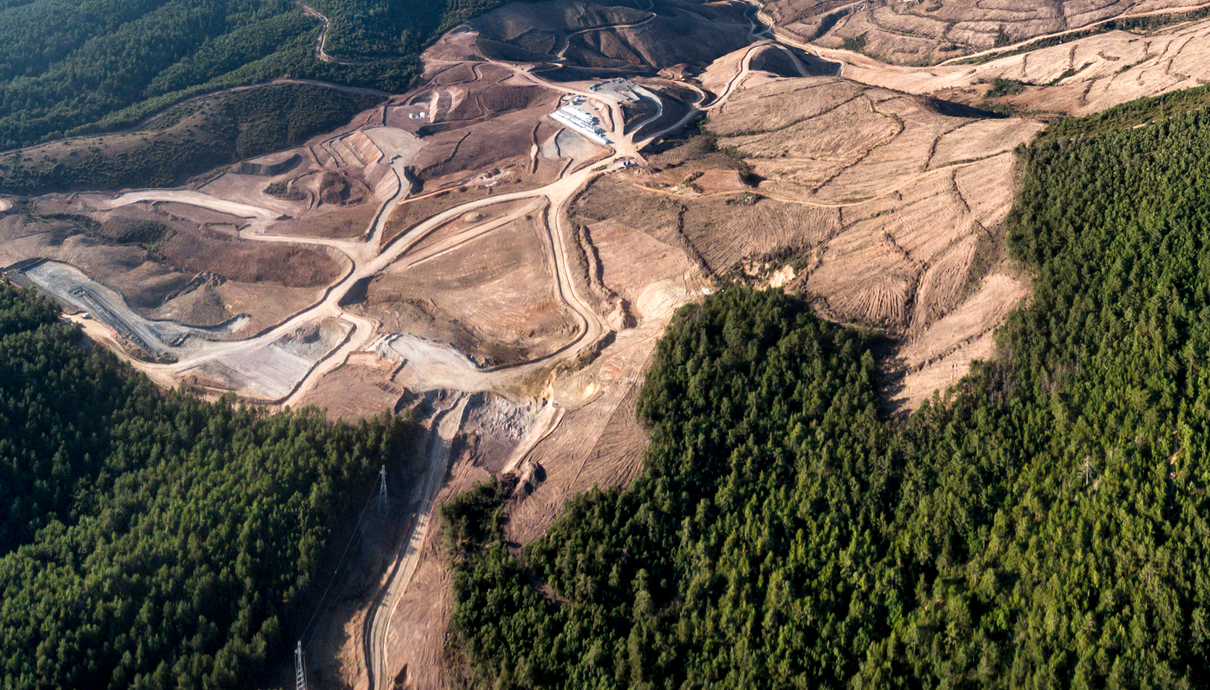Now Reading: Deforestation Solutions That Could Save Our Planet Right Now 2025
-
01
Deforestation Solutions That Could Save Our Planet Right Now 2025
Deforestation Solutions That Could Save Our Planet Right Now 2025

Table of Contents
Forests are called the lungs of the Earth. They help us breathe by absorbing carbon dioxide and giving us clean oxygen. They also give homes to countless animals, protect water resources, and help balance our planet’s climate. But deforestation — the cutting down of trees on a massive scale — is destroying these precious green areas at an alarming rate.
Experts estimate that around 10 million hectares of forest are lost every year, mostly due to logging, agriculture, and urban growth. This damages wildlife, speeds up climate change, and even threatens the survival of human communities that depend on the forest.
The big question is: how can we stop deforestation? Thankfully, there are promising solutions being tried and tested worldwide. From planting new trees to changing how people farm, these methods offer hope for saving our forests before it is too late.
Reforestation and Afforestation

One of the best solutions is reforestation — planting new trees where forests have been cut down. Around the world, governments and NGOs are launching tree-planting campaigns to bring back lost forests. Countries like China, India, and Ethiopia have already planted billions of trees to help restore their green cover.
In addition, afforestation — growing forests on lands where there were no previous forests — can also make a big difference. These efforts help absorb carbon dioxide, improve air quality, and create new habitats for wildlife.
However, experts say planting trees alone is not enough. The planted forests must be cared for over time, and native tree species should be prioritized so that local ecosystems can thrive naturally.
Sustainable Agriculture Practices
A major cause of deforestation is clearing land for farming, especially for crops like soy, palm oil, and cattle ranching. To solve this, many experts suggest moving to sustainable agriculture.
This means growing food in ways that do not destroy forests. For example, farmers can use agroforestry, where trees and crops grow together on the same land. This keeps the soil healthy, protects water, and supports biodiversity.
Better land-use planning is also important so that farming does not keep expanding into untouched forests. Governments can create strict rules that protect sensitive forest areas while still helping farmers earn a living.
Stronger Forest Laws and Enforcement
Deforestation often happens because laws are weak or not properly enforced. Illegal logging is a huge problem, especially in tropical countries.
Experts believe governments should tighten forest protection laws and punish illegal loggers more severely. Advanced technologies like satellite tracking and drones are now being used to monitor forests from above, making it harder for illegal logging to go unnoticed.
At the same time, giving local communities the right to manage their own forests can help. When people feel ownership of the land, they are more likely to protect it.
Promoting Eco-Friendly Products
Consumer choices can also drive solutions to deforestation. Many products we buy — like paper, furniture, and food — are linked to forest destruction.
One answer is to look for certified eco-friendly products. Labels like FSC (Forest Stewardship Council) or Rainforest Alliance mean the product was made without destroying forests. Supporting brands that source raw materials responsibly can push entire industries to change their practices.
Supporting Indigenous Communities
Indigenous people have lived in forests for thousands of years, protecting and respecting the land. Research shows that forests managed by indigenous communities are often healthier and less likely to be destroyed.
That is why many experts say we should support indigenous rights and give them legal control over their territories. Their traditional knowledge of forest conservation is priceless and can be a powerful defense against deforestation.
Using Technology to Protect Forests

New technologies are helping in the fight against deforestation. Drones, artificial intelligence, and satellite images make it easier to watch forests in real-time. These tools can detect illegal logging, forest fires, or disease outbreaks quickly so that action can be taken before too much damage is done.
Some projects are even using blockchain technology to track timber and make sure it comes from legal, sustainable sources. As technology gets cheaper and easier to use, even small communities can adopt it to protect their lands.
Educating People About Deforestation
Finally, education is a key solution. When people understand how important forests are, they are more likely to protect them. Schools, communities, and social media campaigns can raise awareness and teach people why sustainable living matters.
Children who learn about trees and the environment today will grow up to become adults who respect and safeguard nature.
The Road Ahead
Stopping deforestation is not easy. It needs teamwork from governments, businesses, scientists, local communities, and all of us as consumers.
There is no single answer, but combining these solutions — planting trees, changing farming, supporting indigenous communities, enforcing strong laws, and using technology — can make a real difference.
Forests are too important to lose. They protect the climate, save endangered species, and provide resources for millions of people. If we act together, we can ensure that future generations still have healthy forests to enjoy and benefit from.
The clock is ticking, but with the right solutions and the will to act, a greener, safer, and healthier world is possible.
Read More:- Deyaar’s Latest Announcement Shakes Up the UAE Property Market






















